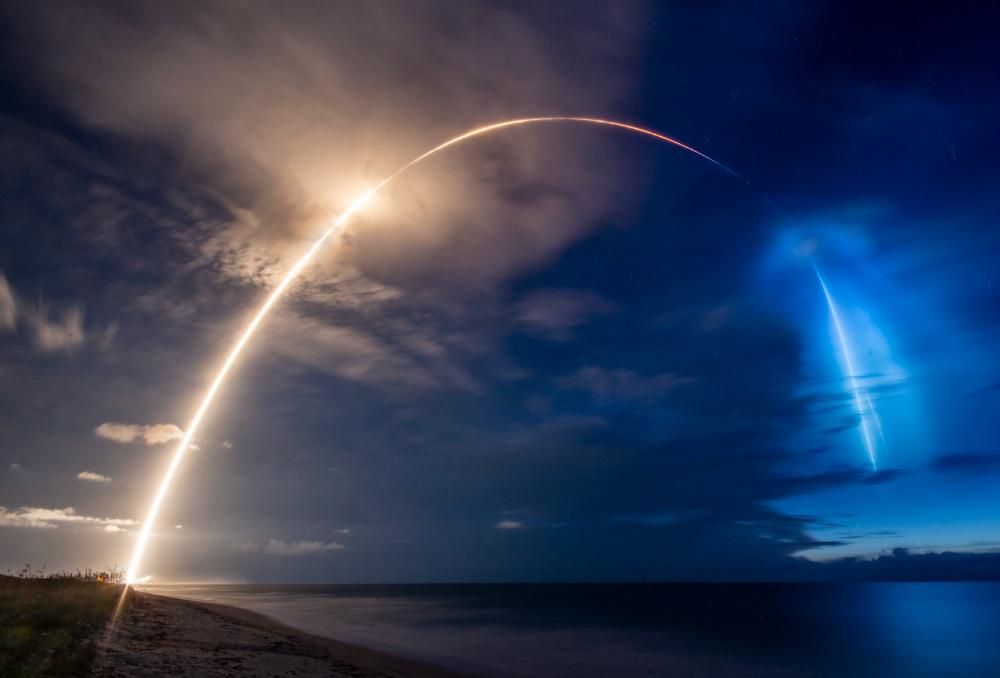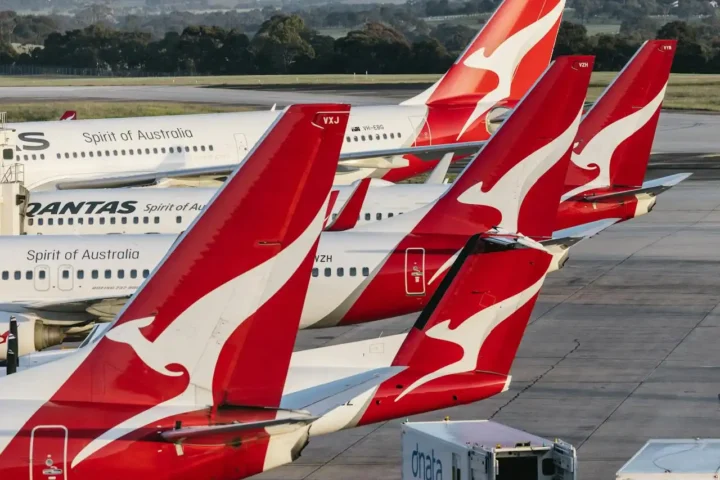Tens of thousands of Starlink users worldwide lost internet service for approximately 2.5 hours on Thursday when Elon Musk’s satellite internet provider experienced what officials called an “internal software failure” in its core network.
The outage began around 3 p.m. EDT on July 24 and lasted until approximately 5:30 p.m., affecting subscribers across North America, Europe, Africa, Asia, and Australia. During the incident, connectivity plummeted to just 16% of normal levels according to NetBlocks, an internet monitoring organization.
“The outage was due to failure of key internal software services that operate the core network. We apologize for the temporary disruption in our service; we are deeply committed to providing a highly reliable network, and will fully root cause this issue and ensure it does not occur again,” Michael Nicolls, VP of Starlink Engineering, posted on X.
Elon Musk followed with his own apology, stating: “Sorry for the outage. SpaceX will remedy root cause to ensure it doesn’t happen again.”
The technical glitch prompted over 61,000 user complaints on Downdetector, making this potentially the most significant service interruption in Starlink’s operational history. Doug Madory, Director of Internet Analysis at Kentik, noted this was “likely the longest outage ever” for the satellite internet provider.
The timing proved particularly challenging for Ukrainian military forces, who have come to rely heavily on Starlink for battlefield communications. Ukrainian drone-force commander Robert Brovdi reported via Telegram that “Starlink is down across the entire front,” highlighting the strategic vulnerability created by the outage.
Similar posts
Gregory Falco, a Cornell University researcher, speculated the incident might have resulted from “a bad software update or potentially a cyberattack,” comparing it to last year’s CrowdStrike incident.
The outage came just one day after T-Mobile launched its “T-Satellite” direct-to-cell service in partnership with Starlink, raising questions about redundancy measures in satellite-based communications.
Starlink currently serves over 6 million subscribers across approximately 140 countries. According to the company’s July 14 network update, U.S. users typically experience median peak-hour download speeds of around 200 Mbps, making the complete service interruption particularly noticeable.
For affected customers, experts recommend keeping an LTE fail-over SIM from a local telecom provider or a low-bandwidth L-band satellite messenger for mission-critical applications. Users should check Starlink’s “Incidents” channel in the official app and only attempt to power-cycle equipment after green status is confirmed.

Starlink has experienced some limited disruptions in the past, but this marks the first multi-hour global service interruption for the network.
The outage calls attention to the growing dependence on satellite internet infrastructure for both civilian and military applications worldwide. Starlink’s constellation currently includes more than 8,000 satellites launched since 2020, with continuous expansion efforts underway.


















